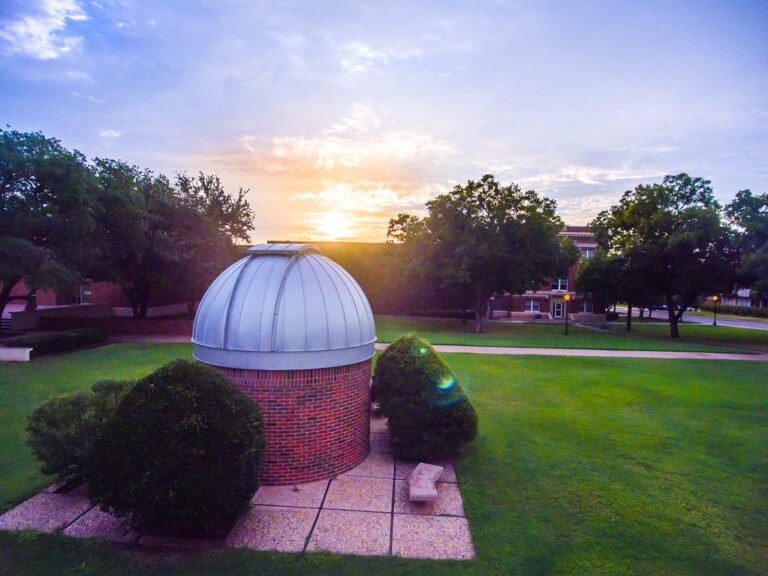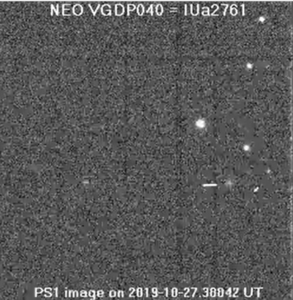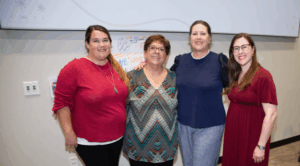Russian Student in HSU Professor’s NASA Funded Program Discovers Significant Space Object

(ABILENE, Texas)–Hardin-Simmons University prides itself on a global network of alumni and friends, and with so many programs based on international relationships, some are less widely known than others. HSU Professor of Mathematics, Dr. Patrick Miller, founded a global initiative with an undergraduate student in 2006, called the International Astronomical Search Collaboration (IASC). In the summer of 2018, Miller’s program received international attention, as NASA granted the IASC $750,000 for international expansion. Through Miller’s research and guidance, a student from Moscow, Russia, recently identified a near-Earth object (NEO) candidate.
The IASC’s initial goal was to make photographs from research telescopes in the United States available to students, educators, and researchers across the globe. Thanks to two grants from NASA, the program now acts as an education program that serves high school and college students in more than 80 countries.

Egor Makushinskiy’s professor, Denis Denisenko sent a GIF of the NEO to Dr. Patrick Miller. In this screencap, the NEO can be seen in the lower right quadrant of the image.
The collaboration hosts an international asteroid search program, through which students seek out and identify possible NEOs and Main Belt asteroids. During the November campaign, Vorobyovy Gory (Sparrow Hills) Education Center student Egor Makushinskiy discovered a NEO. Since the Panoramic Survey Telescope and Rapid Response System (Pan-STARRS) at the University of Hawaii did not report the object in its nightly processing, it was declared an original discovery by Makushinskiy.
Pan-STAARS and IASC both validated Makushinskiy’s discovery and reported it to the Minor Planet Center at Harvard University.
Since Jan. 1, 2019, IASC students have found approximately 600 Main Belt asteroids, but this is the organization’s first NEO. The discovery of the object is an essential milestone for the NASA funded program.


